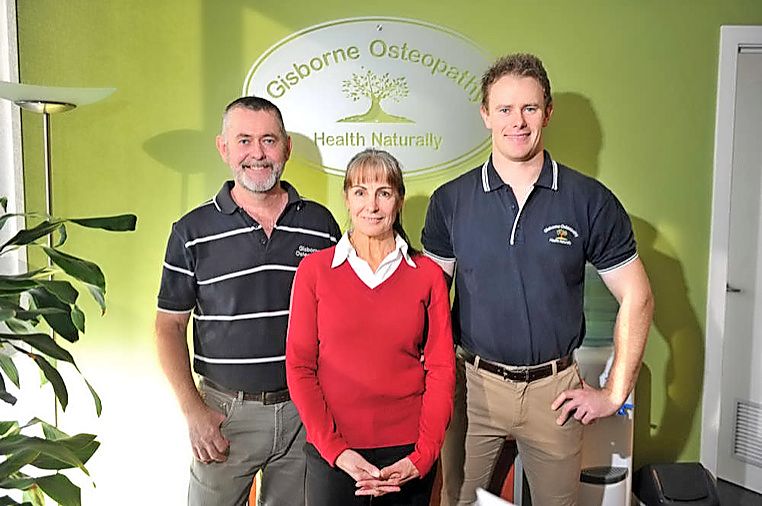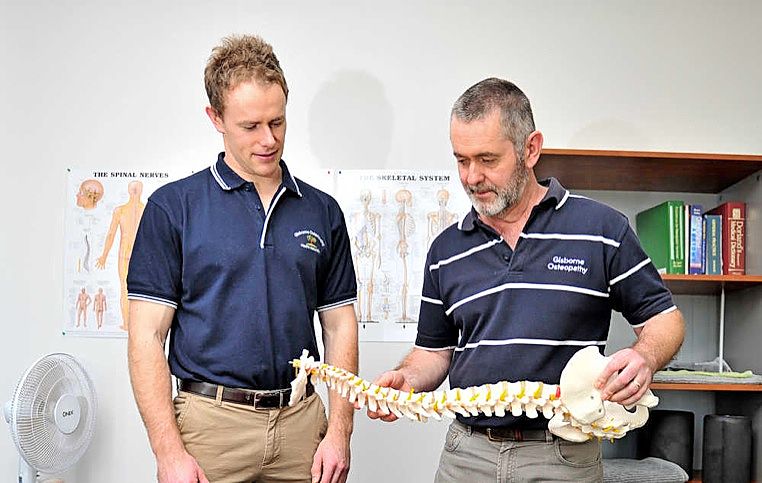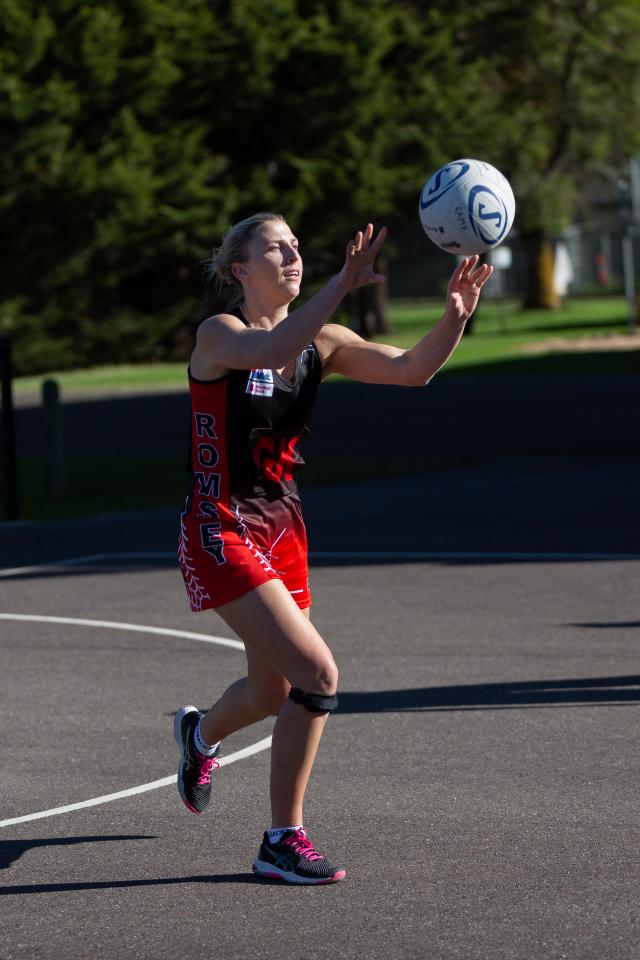Why is it many ailments seem to emerge in winter?
Dr David Fairclough B.Sc. (Clin.Sci.) M.H.Sc (Osteo) of Gisborne Osteopathy says it’s probably due to decreased activity during this slow “hibernation” period of the year.
“We slow down, try to keep warm and sit and stay indoors,” he says. “This leads to decreased movement which then, over time, restricts the range of motion in the body in general.
“Movement is needed for fluid dynamics – which means getting the blood circulation flowing. It’s very important that we maintain blood flow to deposit nutrients carried in the arteries and return old blood for re-oxygenation in the veins.”
Adequate blood flow is needed to feed and repair damaged body tissue. The immune system relies on the circulation to deal with treatment and prevention of disease, such as the common cold and flu.
Joints require a good supply of blood for repair and maintenance, particularly in dealing with arthritis.
“We can achieve this with passive articulatory movement, stretching, and direct and indirect work on the affected muscles, ligaments and nerves,” Dr Fairclough says.
Seniors are particularly vulnerable to aches and pains in winter, the treatment for which may involve stretching of connective tissues, rhythmic movement of joints or, in certain cases, a gentle manipulation for improving joint movement.
“Osteopathic manual treatment methods are safe and effective,” Dr Fairclough says. “The aim is to provide long-lasting relief and, coupled with advice on stretching and strengthening, help prevent recurrence of pain.”
Gisborne Osteopathy, Office 6, Level 1, Nexus Way, Gisborne. Open 7am-8pm Monday-Friday and 9am-1pm Saturday. Inquiries: 5428 2419 or 0407 406 537 or email gisborne.osteopathy@gmail.com
*Special advertising feature








